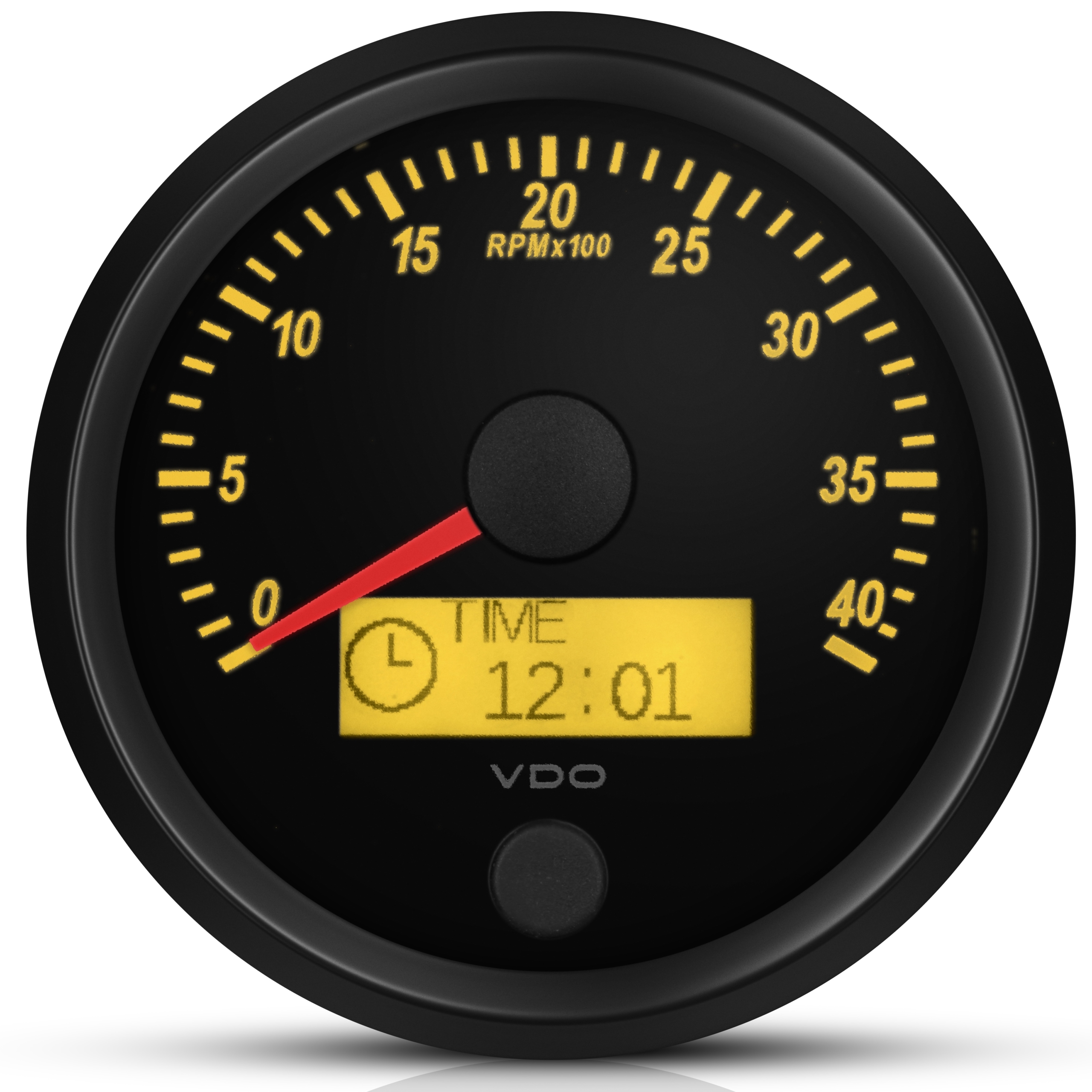Tachometer Basics: Everything You Need to Know for Accurate Readings
Tachometer Basics: Everything You Need to Know for Accurate Readings
Blog Article
Opening the Keys of Tachometers: Every Little Thing You Required to Understand About This Important Instrument in Your Vehicle
Recognizing the details of tachometers can supply important insights right into your automobile's performance and upkeep demands. From measuring engine rate to decoding the information it provides, tachometers work as a critical device for car proprietors and lovers alike. By deciphering the secrets behind this vital instrument, you can open a wealth of details that can improve your driving experience and ensure the long life of your automobile.
Importance of Tachometers
The value of tachometers depends on their capacity to supply essential real-time information regarding an engine's rotational rate, enabling precise tracking and maintenance of machinery. By gauging the transformations per min (RPM) of an engine's crankshaft, tachometers provide valuable insights into the engine's efficiency - tachometer. This data is crucial for guaranteeing that the engine runs within its optimal variety, avoiding prospective damages from over-revving or underperforming
Tachometers play an important function in aiding operators and professionals discover any kind of anomalies in the engine's rate, which can indicate problems such as gas inefficiency, mechanical problems, or extreme pressure on the engine. By promptly determining these concerns through tachometer readings, upkeep can be executed proactively, preventing expensive repair services and downtime over time.
Furthermore, tachometers are especially critical in high-performance vehicles and machinery, where accurate control over engine speed is essential for optimal operation. Racing automobiles, airplane, and commercial tools count on tachometers to supply peak efficiency while maintaining safety standards. Basically, tachometers are not just instruments for determining speed however vital devices for making sure the smooth and reliable procedure of engines throughout different applications.
Exactly How Tachometers Procedure Engine Speed
Utilizing sensors that identify the frequency of electrical pulses produced by the engine's ignition system, tachometers accurately gauge the rotational speed of an engine. By monitoring the price at which these pulses are received, tachometers give real-time comments on how fast the engine's crankshaft is revolving per minute, generally referred to as revolutions per min (RPM)
The tachometer's sensing unit, commonly connected to the engine's ignition coil or trigger plug cables, selects up the electrical signals generated each time a cylinder fires. These signals are after that exchanged RPM readings presented on the gauge or tool collection within the chauffeur's sight. Tachometers can be analog or digital, with modern-day vehicles frequently featuring digital displays for specific and instantaneous RPM analyses.
This details is important for vehicle drivers to understand the engine's efficiency, protect against over-revving, optimize gear shifting, and make sure reliable fuel usage. By accurately determining engine speed, tachometers play an essential role in helping motorists operate their automobiles securely and efficiently.
Translating Tachometer Analyses
Having a clear understanding of webpage how tachometers gauge engine rate sets the structure for successfully translating the RPM readings presented. Translating tachometer readings is critical for ideal vehicle efficiency and engine health and wellness. When the engine is idling, the tachometer needle generally relaxes around 600-1000 RPM, depending on the automobile.


Tips for Utilizing Tachometers Effectively
To boost driving efficiency and maximize engine performance, what secret strategies can be carried out for efficiently making use of tachometers? Tachometers are essential devices that provide real-time comments on engine rate, allowing vehicle drivers to make informed choices for far better performance - tachometer. Below are some tips for utilizing tachometers properly:
Recognizing Optimum RPM Range: Familiarize yourself with the ideal RPM (Transformations Per Min) array for your vehicle. Keeping the engine within this range can improve fuel effectiveness and extend the engine's life-span.
Shifting Gears at the Right Time: Use the tachometer to determine the best time to change equipments. Purpose to change equipments when the RPM gets to the ideal range for the next equipment.
Checking Engine Stress And Anxiety: High RPMs for long term durations can stress the engine. Keep an eye on the tachometer to stop over-revving, especially during velocity or when lugging heavy loads.
Tachometers and Vehicle Upkeep
When thinking about lorry upkeep, tachometers play a vital function in keeping track of engine efficiency and discovering potential problems. Tachometers provide necessary data on engine rate, permitting chauffeurs and technicians to guarantee that the engine is running within the recommended RPM variety.
In addition to discovering possible issues, tachometers can look at this now likewise assist in optimizing gas performance. By keeping the engine speed within the optimum range, chauffeurs can enhance their gas mileage and lower fuel usage. This not just profits the driver's budget yet also adds to environmental preservation by decreasing hazardous discharges.
Verdict

Report this page